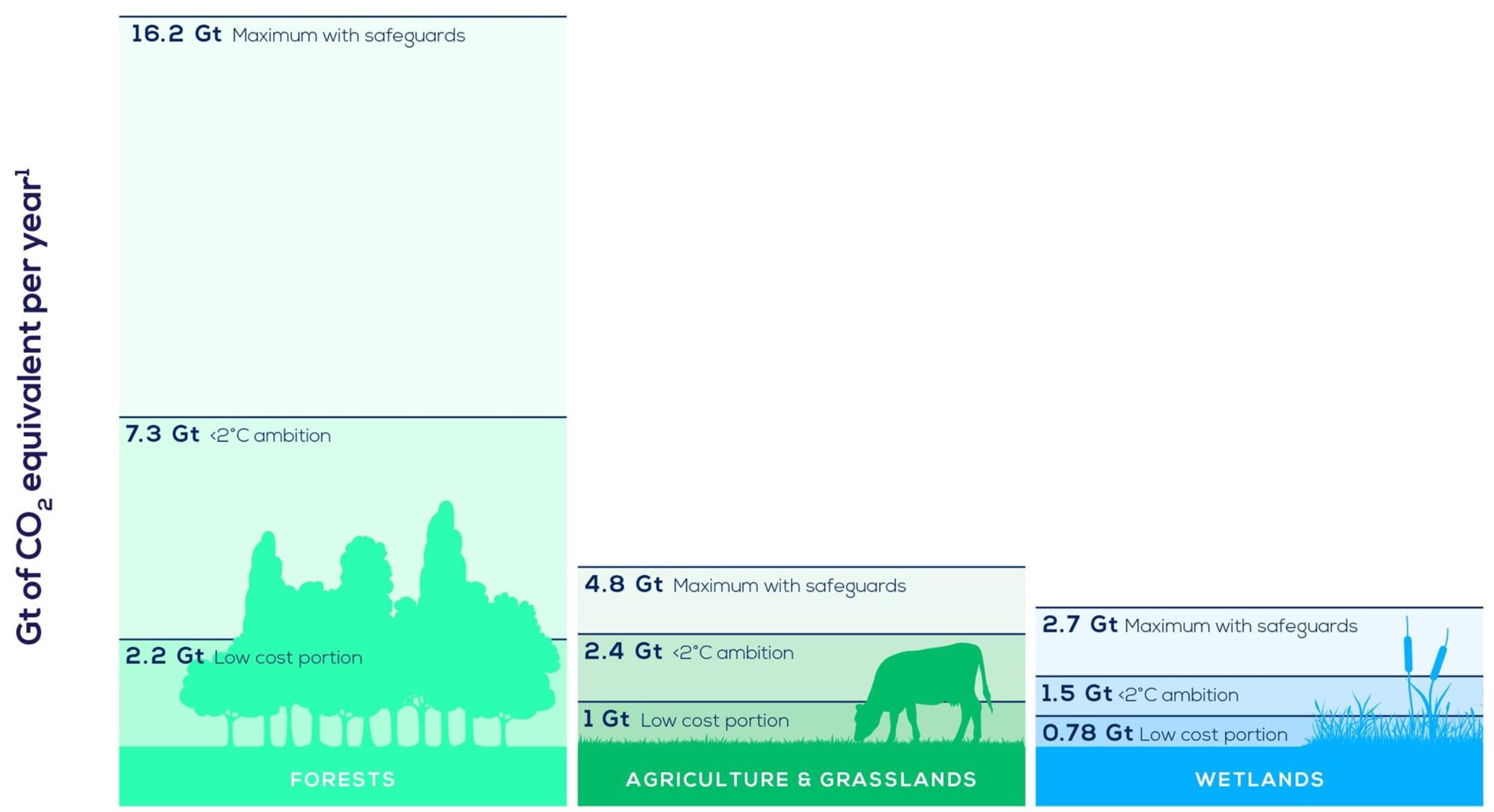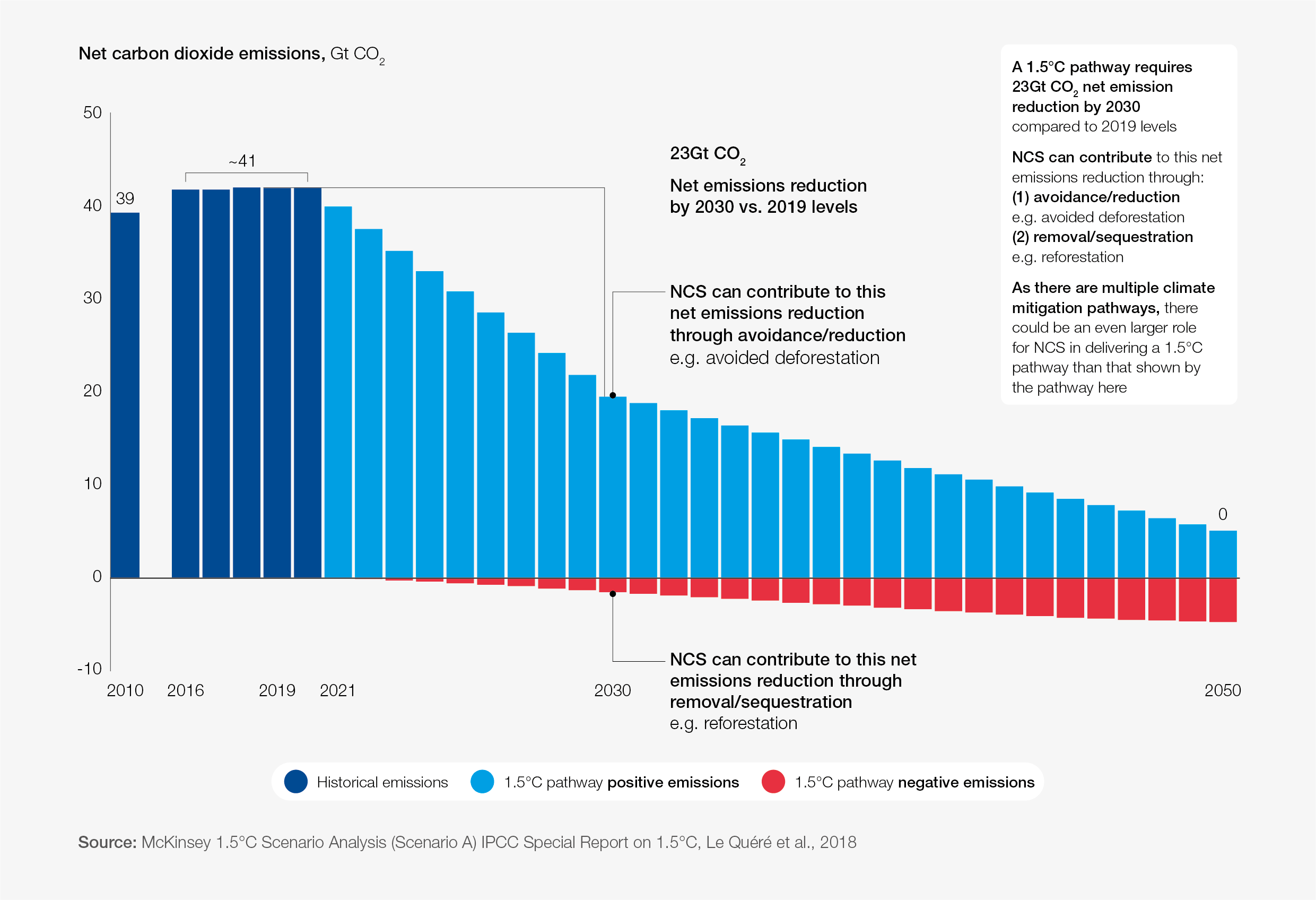Managing the increasing climate risks for countries surrounding the River Nile

This is the river Nile. 'In the Nile basin, floods and droughts occur regionally and are transboundary in nature.' Image: REUTERS/Amr Abdallah Dalsh
- In Sub-Saharan Africa, climate impacts are having a particularly significant effect; the 11 countries which share the Nile basin have faced several natural disasters in recent years.
- These natural disasters have shown that the Nile Basin is prone to both floods and droughts.
- To help tackle these problems, the World Bank’s Nile Cooperation for Climate Resilience (NCCR) Project is supporting regional organizations to put in place basin-wide flood and drought forecasting systems.
- The World Bank is also offering government officials advice on their flood and drought risk mitigation investments.
- These measures, alongside support from other organizations such as the Nile Basin Initiative (NBI), are key in building resilience for the affected countries.
Back in the 1980s, as a science loving kid, I dreamed of a futuristic world full of head-turning, innovative technologies. Indeed, some have come to life: the Internet, mobile phones, and even space travel for private citizens. Yet, there is one unexpected (and unwelcome) development that has become a part of our modern lives: climate change. The pace of global warming is accelerating. This warming continues to intensify the global water cycle, the continuous movement of water within the Earth and its atmosphere, causing changes in rainfall patterns, associated floods, and even droughts.
Increased flood and drought devastations
In Sub-Saharan Africa, climate impacts are especially prominent. For the 11 countries that share the Nile basin – the area of land from which all the water flows into the Nile River – an uptick in hotter temperatures and fluctuating rainfall are contributing to increasing natural disasters that have severely impacted many populations:
- The 2010/11 drought in the Horn of Africa affected millions and resulted in a famine that killed more than 260,000 people in Somalia and neighboring countries.
- The prolonged drought caused by the 2015-16 El Niño created dire food insecurity for 10 million people in Ethiopia.
- The Eastern Africa region, which largely overlaps with the Nile basin, suffered from devastating flood disasters in 2019 and 2020, affecting 4 and 6 million people, respectively.
Although the damage statistics of these disasters are not aggregated specifically for the Nile basin, it is evident from these cases that the basin is prone to both floods and droughts.

Floods and droughts also devastate agricultural cultivation cycles, as well as a farmer’s ability to manage livestock herds – all causing prolonged, vicious cycles of poverty. During my field survey work in Sudan, I noticed that most of the farmers I met were making major efforts to secure water for their crops, while also protecting their land from floods.

In the Nile basin, floods and droughts occur regionally and are transboundary in nature. Most drought episodes, for example, affect multiple countries. Intense rainfalls and downpours cumulate and create flood flows that travel and cross borders.
A dynamic regional cooperation to reduce flood and drought devastation
Building climate resilience among these Nile basin countries calls for a regional effort to accurately predict floods and droughts , as well as capacity building to plan and implement measures to mitigate these high stakes risks. To achieve this, the World Bank’s Nile Cooperation for Climate Resilience (NCCR) Project is supporting regional organizations to put in place basin-wide flood and drought forecasting systems, as well as providing guidance to government officials on their flood and drought risk mitigation investment planning. This project is funded by the Cooperation in International Waters in Africa (CIWA), a multi-donor trust fund that provides technical support and analysis on effective transboundary water resources management.
The Nile Basin Initiative (NBI) – a partnership among the Nile basin countries that seeks to sustainably develop and manage the Nile river basin in a cooperative manner– plays a strategic role in providing advanced information services such as flood and drought forecasts to all its member countries. This builds on the previous World Bank project that supported the NBI through the CIWA, which succeeded in enhancing the Flood Forecast and Early Warning System (FFEWS) of NBI’s Eastern Nile Technical Regional Office (ENTRO). The project also developed an online pilot drought forecast dashboard that covered the Eastern Nile countries. The improved FFEWS played a significant role in predicting the Nile flow levels during the historic 2020 Sudan flood. Since 2021, the pilot drought dashboard has disseminated drought forecast bulletins to national focal points. Both web-based dashboards are now in the process of being consolidated into the Integrated Knowledge Portal, NBI’s new one-stop data service portal.
Deepening regional and community engagements
The NCCR project also aims to improve information dissemination mechanisms. In partnership with the Nile Basin Discourse (NBD), a civil society organization with a vast grassroots network, the project will develop a comprehensive flood and drought information dissemination strategy by assessing the type of information needed on the ground and the necessary communication channels at the different community levels. NBI’s flood and drought forecast system will be finalized based on this dissemination strategy.
The project will help these Nile river basin countries prepare for and adapt to climatic events that disproportionately affect at-risk and poor populations in and around the Nile river basin , which will empower them to have a greater sense of well-being, safety, and resilience
”What is the World Economic Forum doing on natural climate solutions?
Moving forward, the regional information service provided by the NBI has the potential to create synergies with numerous ongoing and pipeline investments for the agriculture sector, livelihood improvement, and other areas. Additionally, the NBI-led knowledge sharing and capacity building programs will foster trust and even more engagement among the Nile Basin countries. And all this has me smiling wide – even wider than when I first read about the advent of electric cars.
Don't miss any update on this topic
Create a free account and access your personalized content collection with our latest publications and analyses.
License and Republishing
World Economic Forum articles may be republished in accordance with the Creative Commons Attribution-NonCommercial-NoDerivatives 4.0 International Public License, and in accordance with our Terms of Use.
The views expressed in this article are those of the author alone and not the World Economic Forum.
Stay up to date:
Future of the Environment
Related topics:
The Agenda Weekly
A weekly update of the most important issues driving the global agenda
You can unsubscribe at any time using the link in our emails. For more details, review our privacy policy.
More on Nature and BiodiversitySee all
Tania Strauss, Iliass El Fali and Pedro Gomez
November 22, 2024










